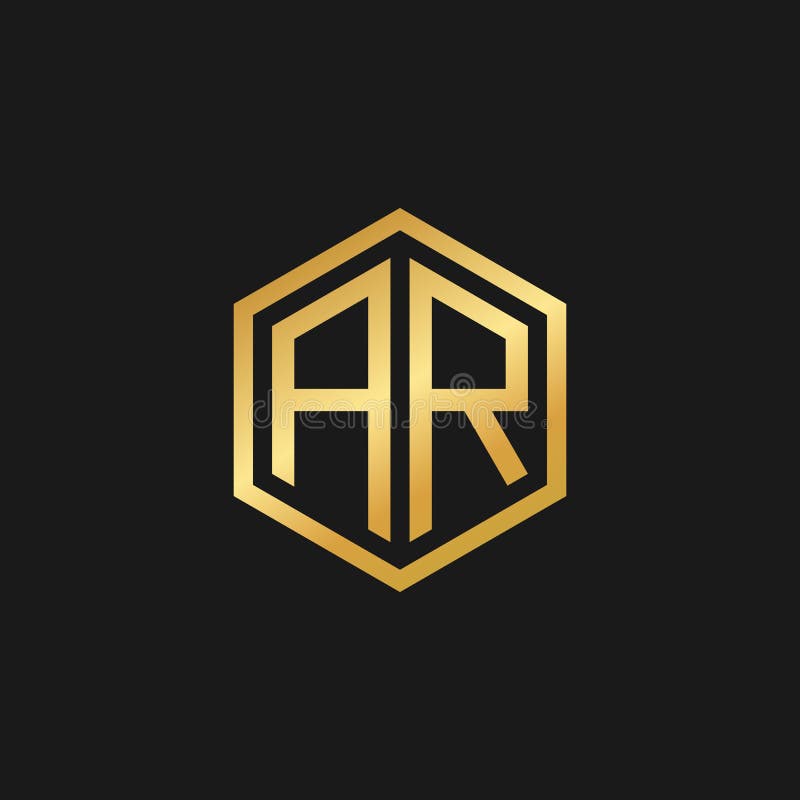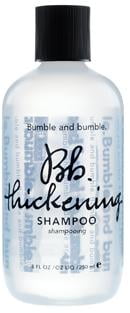Table Of Content
This course equips you with the knowledge and skills to overcome these challenges and unlock the full potential of AR. Even though the smartphone is the way to go right now, it’s not very practical for constant use as we have to be holding it all the time and it only opens up a ‘tiny’ window that is our screen. On the other hand, with AR glasses we can overlay our whole vision with AR content at any time. The potential is there, but at the same time, I start imagining ads popping up in the middle of the street which could be a bit troublesome! It’s up to us – designers in collaboration with developers – to find good and innovative ways of integrating AR into our lives, and the tech will follow… or we will follow the tech, who knows. There is a limitation on the traditional 3D artwork we see on the internet.
Camp Integem: Explore, Design and Innovate with Future Tech - yovenice
Camp Integem: Explore, Design and Innovate with Future Tech.
Posted: Wed, 17 Apr 2024 07:38:02 GMT [source]
New to UX Design? We’re Giving You a Free ebook!
It is a VR experience where you enter an elevator and get out at the top of a skyscraper. However, if you add a physical plank to the setup and thus activate the sense of touch, even fewer people will be able to do it. Virtual reality (VR) is a technology that allows the creation of a fully-immersive digital environment. In VR experiences, the physical or real-world environment is entirely blocked out. Ultimately, the most important thing that any designer should remember about AR is that people are seeking experiences and not technologies.
Spark AR, Effect House or Lens Studio
And as AR and VR move out of the novelty game-play space and into mainstream use, those new skills and understandings have to come about as fast and furious as the technology itself. We know that the construction sites are often chaotic, noisy and dirty spaces. Although the adoption of the BIM system reduces many of the incompatibilities and unpleasant surprises during the construction process, it is inevitable that doubts arise and errors occur during construction. And, more importantly, every mistake or redo costs a lot of money and time.
Alternative tools I use:
AR experiences are essentially overlaid on the real environment, making the experience highly spatial and contextual. That adds a new layer of design consideration that incorporates the spatial experience. AR appears to be an expensive capability, and it actually is to build from scratch. But when you think of the reusability of 3D design across brand assets, it’s really not an expensive capability at all.
Get the Creative Bloq Newsletter
poLight ASA Confirms Design Win with Vuzix Shield Industrial AR Smart Glasses - Business Wire
poLight ASA Confirms Design Win with Vuzix Shield Industrial AR Smart Glasses.
Posted: Mon, 08 Apr 2024 07:00:00 GMT [source]
You can also mount a portal on a plane and have a doorway people can walk through and explore. We’ve carved out paths that we thought made sense and backtracked to forge new ones when it was necessary. We will undoubtedly make mistakes, but we’re also going to get a lot of things right, because we’ve been building up to this for a long time already. If the first four steps seemed daunting and even overwhelming, this final one should set you at ease. Consider the full experience, test with the full experience, and you’ll ensure that you’re creating a full experience for your users.
Don’t throw the baby out with the bathwater
As a UX designer, you’ll have to consider the different dimensions of the experience and the particularities of VR technology to create the best possible experience for your user. In MR experiences the user can interact with both digital and physical elements. MR differs from AR—where digital and physical elements don’t interact— and VR—where the physical or real world is completely blocked out. However, you’ll need to be aware of additional parameters to deliver a good UX that you may not be used to, like physical constraints and safety issues.
Literature on Augmented Reality (AR)
It was a moment where 3D typography was starting to grow with names like DIA Studio, Federico Leggio and Xavier Monney paving the way for other designers. I really liked the aesthetic but I thought that it deserved to go a step further. From these 3 names, I believe only DIA Studio was working with AR when I started my project. Augmented reality (AR) is a technology that overlays digital content onto the real world, creating immersive and interactive experiences. AR can be used for various purposes, such as entertainment, education, marketing, and social media.
Augmented Reality
One of the best course i have done on the coursera the videos are really quick nice and short so the i didnt get bored not a single time . In lesson 4, you will learn the heuristics and guidelines to test your designs and ensure they are practical and user-friendly. This video shows how MR experiences blend the physical and digital worlds. The concept of mixed reality can be a bit difficult to grasp; watch the video below to see an example of an MR experience. Sometimes the exact limits of the various technologies are not a hundred percent clear, and they may overlap. However, the critical part is that you understand the region they occupy in the spectrum.

What Goes Into Designing an AR Experience?
This AR app made Cisco’s products a lot easier to use for customers. And whenever you can make things easier on your customers, that’s a success. As the flames died down, users were invited to share their experience in exchange for a free Whopper at their nearest Burger King. In this way, Burger King’s guerilla marketing play drove viral sharing action while also increasing sales. Delightful and ingenuous, this AR campaign went on to gain notoriety and earn free media coverage. This quiz with multiple possibilities was ideal for event and community engagement.
Whether that’s a bit of entertainment, dash of delight or moment of clarity when choosing a product, find a way to create gifts not sales pitches. As you can see, the AR marketing possibilities extend far beyond your typical B2C shopping use cases. With app-based AR, you have the most customization, but it’s also the most complicated and has the most friction since users need to download your app and you don’t have an audience built in. Fortunately, modern devices have enough processing power to analyze the data needed to power AR. That includes inputs like depth, acceleration, position, tilt and light—in essence, everything the software needs to project an AR experience in a relevant location. A user can then interact with the AR experience in real-time, using touch, voice or gestures.
As brand experiences go, this one set the tone for an innovative event and helped Ceridian stand out in the densely populated tech industry. Let’s take a look at some creative AR examples for both B2B and B2C, starting with events and following up with applications across advertising, product education, social media campaigns and more. Armed with a solid understanding of AR concepts and powerful digital prototyping tools, you can craft AR experiences that not only captivate but also empower users in ways they never imagined. These digital prototyping tools are packed with features like Spark AR and Adobe AR. Armed with these tools, any UX designer interested in AR can begin to create engaging, user-centric, and functional AR experiences. Then, step into a 3D space by showing potential UI or AR objects within it.
To some extent, the way we process information and construct reality is unique to each one of us—our genetics, previous experiences, etc.—and shapes how we perceive the world. If you want to know more about user experience and its industry, do check out our other resources available on our website, such as our articles, weekly webinars, and podcasts. If you are thinking about ways to approach AR in UX and creative UI design, you have to first understand that AR for UX emphasises interaction and visual interest above all else.

No comments:
Post a Comment